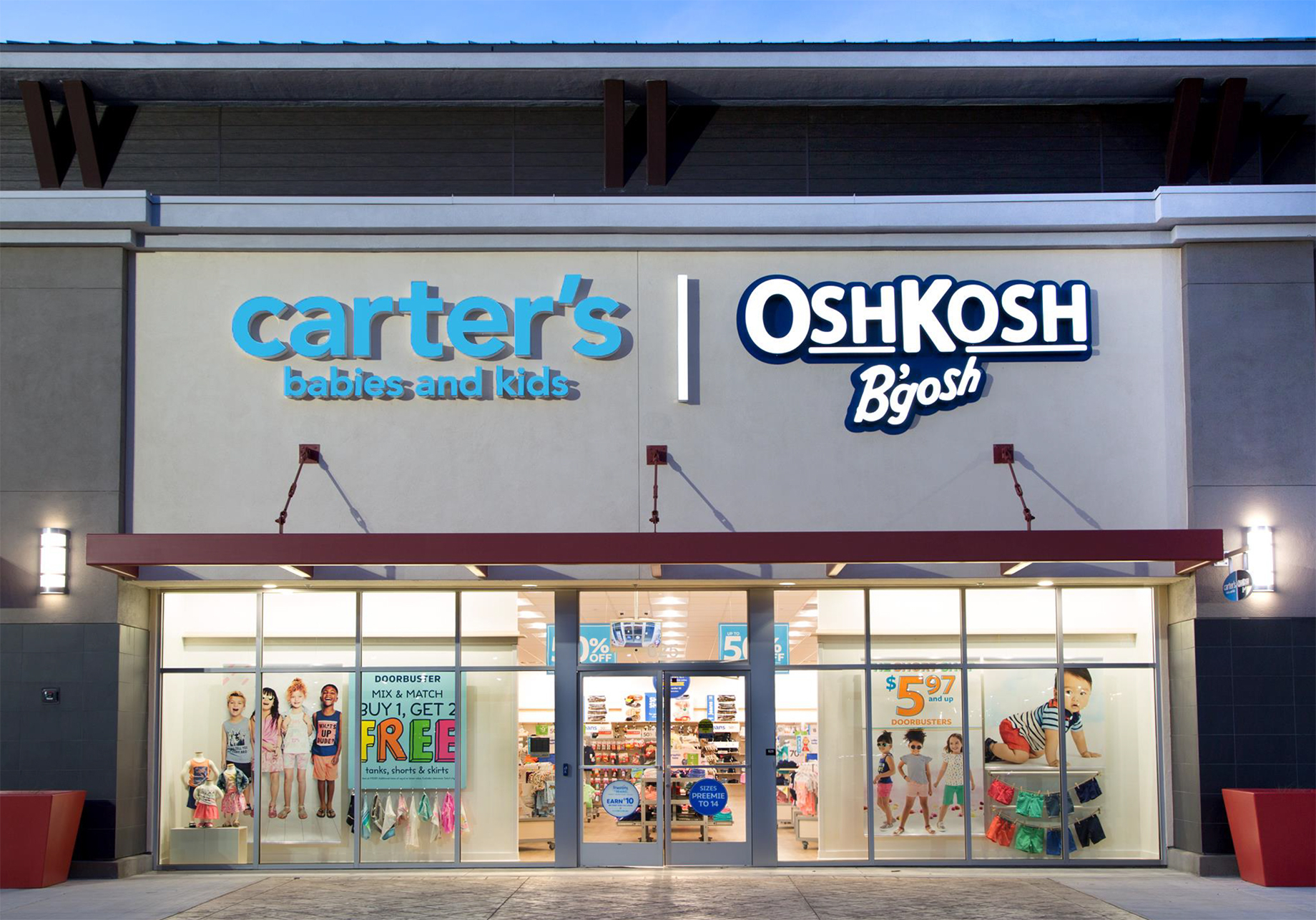Children’s apparel retailer Carter’s has plans to profit from the demise of Toys 'R' Us. “We are uniquely positioned to capture a significant share of Toys ‘R’ Us' annual children's apparel sales — estimated to be over $300 million — including $120 million in retail sales of our brands,” said Chairman and CEO Michael D. Casey, on a quarterly earnings call.
Though Carter’s will lose some wholesale revenue from merchandise it sold at Toys 'R' Us stores, it will more than offset that through retail sales at its own stores, the CEO said. “Our research shows that 93 percent of Toys ‘R’ Us customers rated our Carter's brand as their number-one choice for baby apparel," Casey said. "Nearly 80 percent of our customers who purchased baby apparel from Toys ‘R’ Us last year also purchased in our stores; that is a higher overlap of customers than any other retailer of children's apparel.”
Carter's operates roughly 800 Carter's and OshKosh B'gosh stores across the U.S., in addition to selling several apparel brands on a wholesale basis to other retailers.
The Carter’s marketing team has stepped up its customer-acquisition efforts and is focused on baby-apparel buyers who live in proximity to Toys ‘R’ Us stores. “We're tracking our retail and wholesale performance in areas where Toys ‘R’ Us stores have closed and are encouraged by the lift in sales,” said Casey. “We expect a more meaningful recapture of their sales will occur in the second half of this year. Toys ‘R’ Us is a short-term challenge, but a meaningful longer-term opportunity for us.”

Carter’s says it wants to open more co-branded stores. Comparable-store sales at these kinds of stores, which combine the Carter’s and OshKosh B'gosh banners, were up by 4 percent in the first quarter, while the company’s overall same-store retail sales increased by 3 percent on the strength of double-digit growth in its e-commerce business.
“Our co-branded stores are our most productive stores — they provide the highest return on investment,” Casey said. “We plan to open about 160 co-branded stores by 2022, improving the mix of these stores to at least 50 percent of our store portfolio, from about 20 percent at the beginning of 2017.”
Casey cited the company's plans to close roughly 100 of its less productive units by 2022. Most of those are stand-alone Carter's and OshKosh stores in remotely located outlet centers.
By Brannon Boswell
Executive Editor, Commerce + Communities Today


